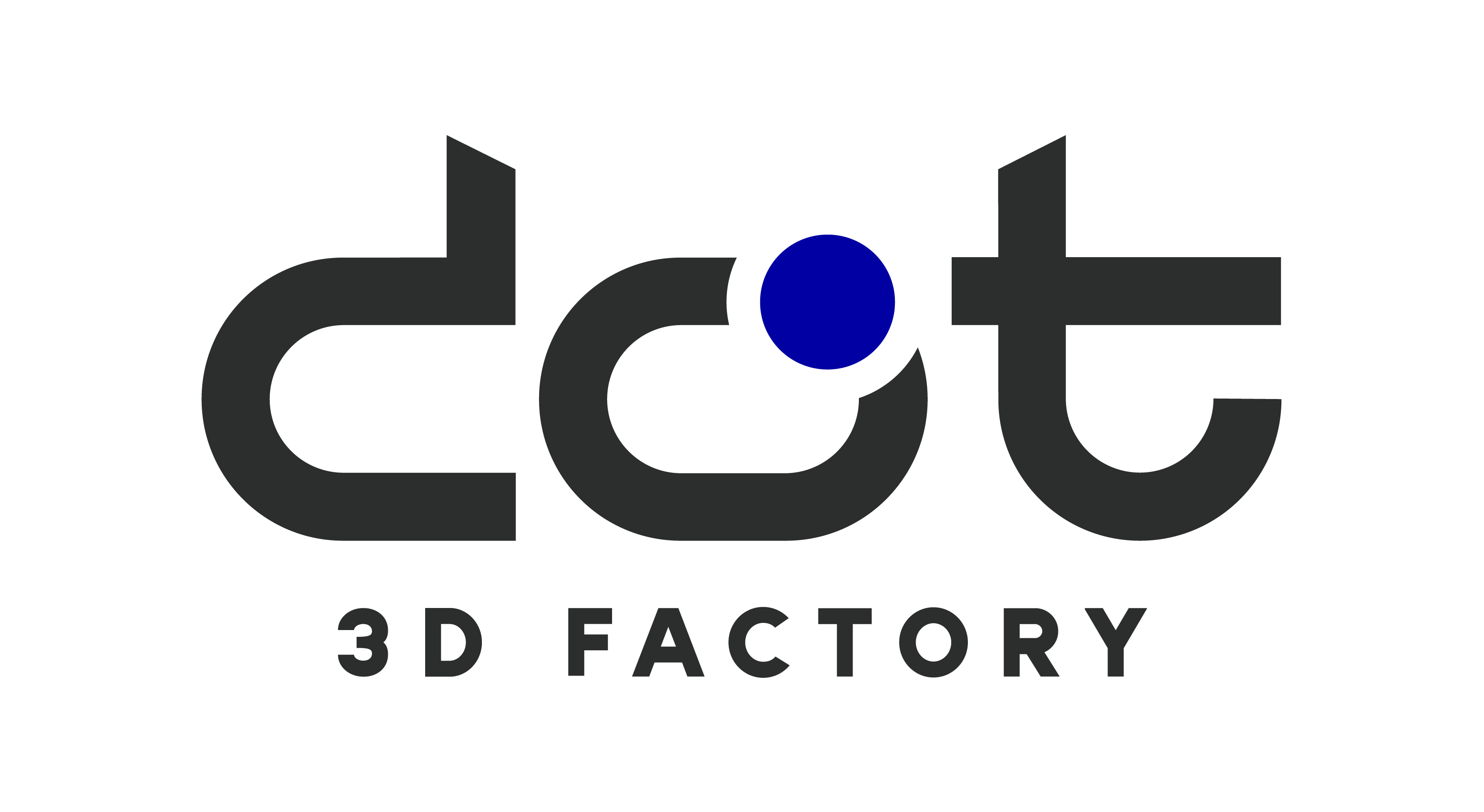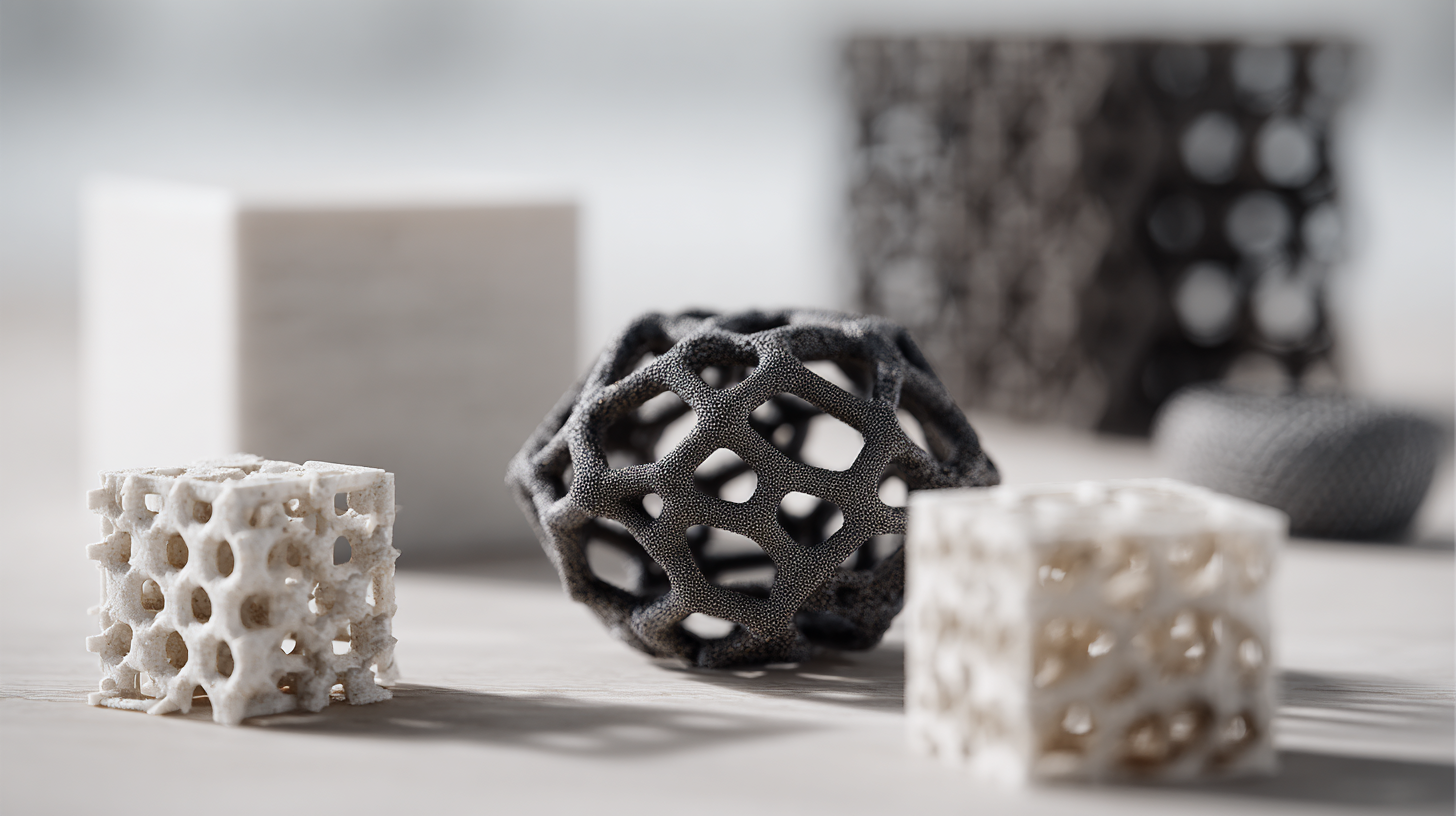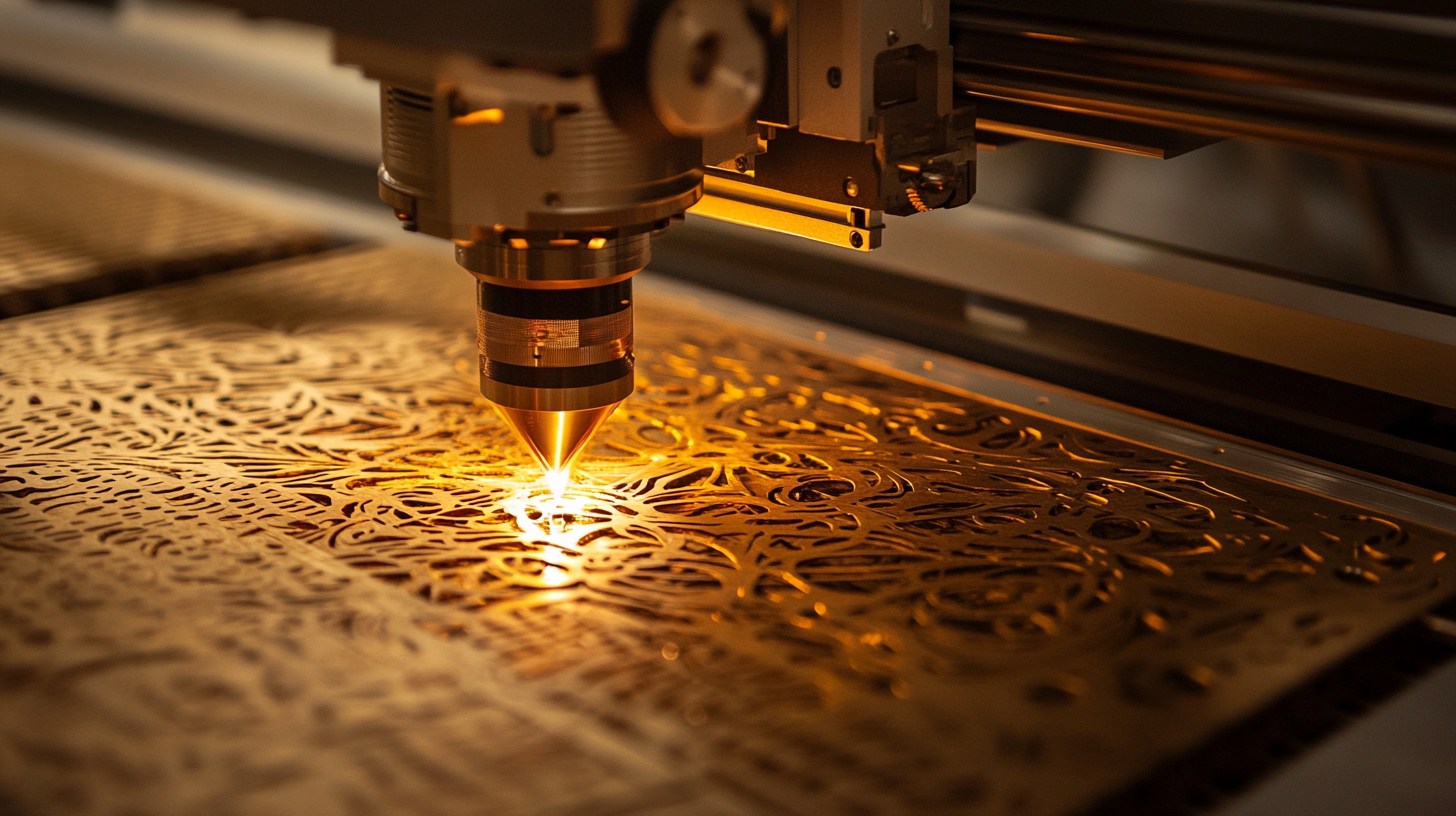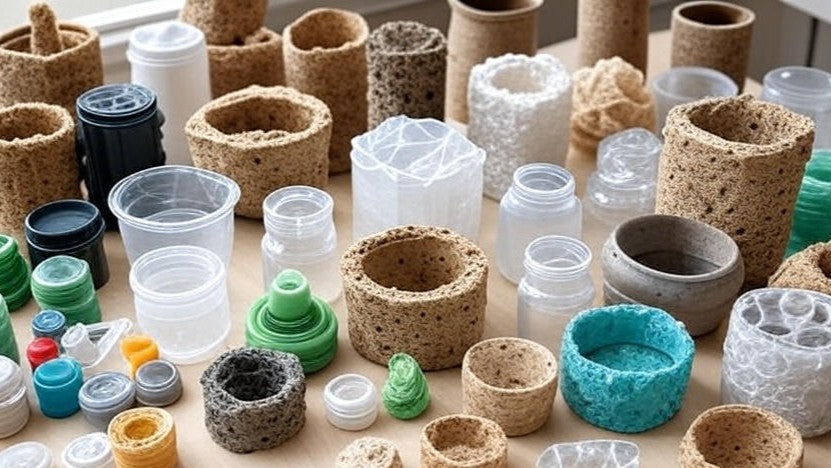Introduction
3D printing, also known as additive manufacturing, is a transformative technology that has revolutionized industries ranging from healthcare to aerospace. By building objects layer by layer from digital models, 3D printing enables unprecedented flexibility in design, rapid prototyping, and cost-effective production. This article explores the core techniques of 3D printing, their applications, and their impact on modern manufacturing.
What is 3D Printing?
3D printing is a process of creating three-dimensional objects from a digital file by adding material layer by layer. Unlike traditional subtractive manufacturing, which removes material from a solid block, 3D printing builds objects incrementally, reducing waste and enabling complex geometries that were previously impossible or costly to produce.
Core 3D Printing Techniques
Several 3D printing techniques dominate the industry, each suited to specific materials and applications. Below are the most common methods:
1. Fused Deposition Modeling (FDM)
FDM is the most widely used 3D printing technique, especially for hobbyists and small-scale production. It works by extruding a thermoplastic filament, such as PLA or ABS, through a heated nozzle that moves along a predetermined path to deposit material layer by layer.
- Advantages: Affordable, accessible, and versatile for prototyping.
- Applications: Rapid prototyping, educational models, and consumer products like toys.
- Limitations: Limited resolution and surface finish compared to other methods.
2. Stereolithography (SLA)
SLA uses a laser to cure liquid resin into solid parts, layer by layer, within a vat of photopolymer resin. This technique produces high-resolution parts with smooth surface finishes.
- Advantages: High precision and excellent surface quality.
- Applications: Dental models, jewelry, and intricate prototypes.
- Limitations: Expensive materials and slower print times for large objects.
3. Selective Laser Sintering (SLS)
SLS employs a laser to fuse powdered materials, such as nylon or metal, into a solid structure. The powder bed supports the object during printing, eliminating the need for additional support structures.
- Advantages: Strong parts, no need for supports, and compatibility with a wide range of materials.
- Applications: Functional prototypes, end-use parts, and complex geometries in aerospace.
- Limitations: High equipment costs and post-processing requirements.
4. Digital Light Processing (DLP)
Similar to SLA, DLP uses a digital light projector to cure resin but projects an entire layer at once, making it faster for certain applications.
- Advantages: Faster than SLA for small parts and high resolution.
- Applications: Medical models, dental aligners, and intricate designs.
- Limitations: Limited build volume and resin costs.
5. Binder Jetting
Binder jetting deposits a liquid binding agent onto a powder bed to form each layer. The process can use materials like sand, ceramics, or metals, with post-processing (e.g., sintering) often required to strengthen parts.
- Advantages: Large build volumes and material versatility.
- Applications: Sand casting molds, full-color models, and metal parts.
- Limitations: Parts may require significant post-processing.
Applications of 3D Printing
3D printing has found applications across diverse fields:
- Healthcare: Custom prosthetics, dental implants, and bioprinted tissues.
- Aerospace: Lightweight components for aircraft and spacecraft.
- Automotive: Prototyping parts and producing custom tools.
- Consumer Goods: Personalized jewelry, footwear, and home decor.
- Education: Hands-on learning tools and STEM projects.
Advantages of 3D Printing
- Customization: Enables bespoke designs tailored to specific needs.
- Reduced Waste: Additive processes minimize material usage.
- Rapid Prototyping: Shortens design cycles by producing prototypes in hours.
- Complex Geometries: Creates structures unachievable with traditional methods.
Challenges and Limitations
Despite its potential, 3D printing faces challenges:
- Material Limitations: Not all materials are suitable for 3D printing.
- Speed: Slower than mass production methods for large volumes.
- Cost: High-end printers and materials can be expensive.
- Post-Processing: Many techniques require additional finishing steps.
The Future of 3D Printing
Advancements in 3D printing are accelerating. Emerging trends include:
- Multi-Material Printing: Combining different materials in a single print.
- Bioprinting: Printing living tissues for medical applications.
- Large-Scale Printing: Constructing buildings and infrastructure.
- AI Integration: Optimizing designs and print processes with artificial intelligence.
Conclusion
3D printing is reshaping the way we design, prototype, and manufacture. Its ability to create complex, customized parts with minimal waste makes it a cornerstone of modern innovation. As technology advances, 3D printing will continue to unlock new possibilities, from personalized medicine to sustainable construction, solidifying its role as a game-changer in the 21st century.




Leave a comment
This site is protected by hCaptcha and the hCaptcha Privacy Policy and Terms of Service apply.